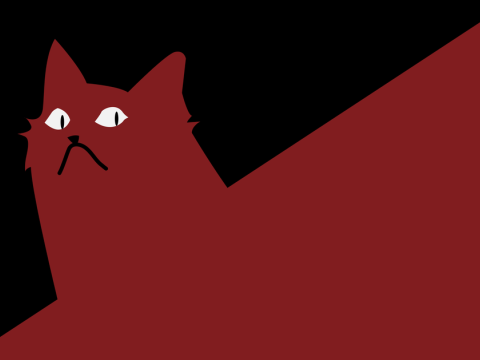The history of the uprising in rural Vietnam, still a French colony, which caused the local government to flee. The workers and peasants in the area then began administrating their affairs themselves before being crushed by the French army.

Strikes grew more frequent in Nam Bo in early 1930 and led to peasant demonstrations in May and June of that year. The focus of reaction to the worsening economic conditions, however, was the Nghe An Province, which had a long history of support for peasant revolts. Plagued by floods, drought, scarcity of land, and colonial exploitation, the people of Nghe An had been supporters of the Can Vuong anti-imperialist resistance movement and the activities of the Vietnamese national liberation leader Phan Boi Chau.
By late 1929, workers had begun organising trade unions and peasant associations in the province. By early 1930, they had established a provincial committee in the provincial capital of Vinh and had begun to found mass organisations throughout Nghe An. French sources reported that by mid-summer 1930 there were about 300 communist organisers in Nghe An and the neighbouring province of Ha Tinh. This figure rose to 1,800 a few months later. The communists helped to mobilise the workers and peasants of Nghe-Tinh, as the two-province area was known, to protest the worsening conditions. Peasant demonstrators demanded a moratorium on the payment of the personal tax and a return of village communal lands that were in the hands of wealthy landowners.
When the demands were ignored, demonstrations turned to riots: government buildings, manor houses, and markets were looted and burned, and tax rolls were destroyed. Some village notables joined in the uprisings or refused to suppress them. Local officials fled, and government authority rapidly disintegrated. In some of the districts, the communists helped organise the people into local village associations called soviets. The soviets, formed by calling a meeting of village residents at the local dinh, elected a ruling committee to annul taxes, lower rents, distribute excess rice to the needy, and organise the seizure of communal land confiscated by the wealthy. Village militias were formed, usually armed only with sticks, spears, and knives.
By September the French had realised the seriousness of the situation and brought in Foreign Legion troops to suppress the rebellion. On September 9, French planes bombed a column of thousands of peasants headed toward the provincial capital. Security forces rounded up all those suspected of being communists or of being involved in the rebellion, staged executions, and conducted punitive raids on rebellious villages.
By early 1931, all of the soviets had been forced to surrender. Of the more than 1,000 arrested, 400 were given long prison sentences, and 80, including some of the party leaders, were executed. With the aid of other Asian colonial authorities, Vietnamese communists in Singapore, China, and Hong Kong were also arrested.





Comments